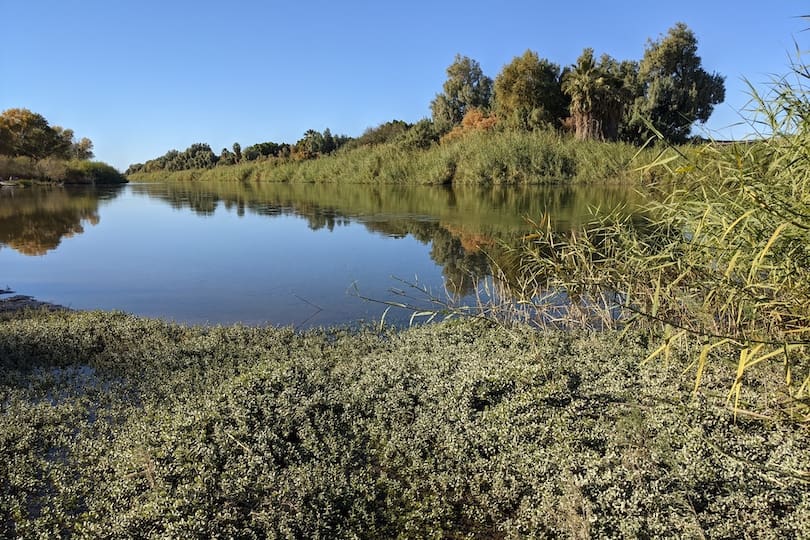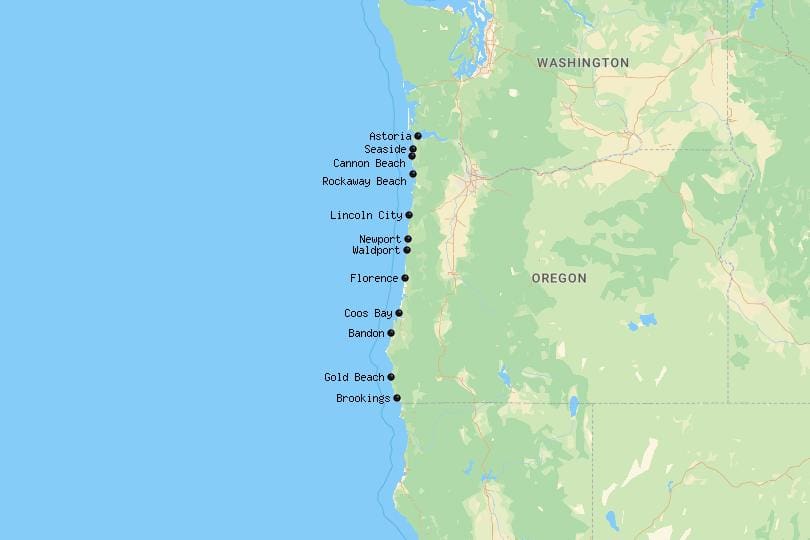The Dutch Caribbean islands are a treasure trove of natural beauty and exotic destinations that are perfect for a relaxing and adventurous vacation. The six islands are nestled in the southern part of the Caribbean Sea and offer pristine beaches, crystal-clear waters, lush greenery, and unique cultural experiences. In this article, we will take a closer look at the top 6 Beautiful Dutch Caribbean Islands and discover why they are worth exploring.
1. Introduction
The Dutch Caribbean islands are a group of six islands that are known for their natural beauty, cultural diversity, and year-round sunny weather. These islands are Aruba, Bonaire, Curacao, Saba, St. Eustatius, and St. Maarten/St. Martin. Each of these islands offers a unique experience to visitors, from pristine beaches to world-class diving sites and cultural landmarks.
2. Aruba: The Island of a Hundred Languages
Aruba is a small island located in the southern part of the Caribbean Sea, just off the coast of Venezuela. This beautiful island is known for its white sandy beaches, crystal-clear waters, and year-round sunny weather. Aruba is also known as the island of a hundred languages because of its diverse population, which includes people from over 90 different nationalities.
The island is a popular destination for water sports enthusiasts, including snorkeling, scuba diving, and windsurfing. Visitors can also explore the natural beauty of the island by visiting the Arikok National Park, which covers almost 20% of the island’s total area. The park features hiking trails, exotic wildlife, and stunning natural landmarks such as the Natural Pool and the Quadiriki Caves.
3. Bonaire: A Diver’s Paradise
Bonaire is a small island located in the southern part of the Caribbean Sea, just off the coast of Venezuela. This island is known for its pristine coral reefs, crystal-clear waters, and world-class diving sites. Bonaire is home to over 470 different fish species and 120 different types of coral, making it a paradise for underwater photographers and marine biologists.
The island is also a popular destination for eco-tourists, who can explore the island’s natural beauty by hiking or bird watching. Visitors can also visit the Bonaire National Marine Park, which covers the island’s entire coastline and offers a range of activities such as snorkeling, scuba diving, and boat tours.
4. Curacao: The Colorful Island
Curacao is a colorful island located in the southern part of the Caribbean Sea, just off the coast of Venezuela. This island is known for its pastel-colored buildings, vibrant nightlife, and unique cultural experiences. Curacao is also home to some of the best beaches in the Caribbean, including Cas Abao Beach and Grote Knip Beach.
Visitors can explore the island’s rich history by visiting the Kura Hulanda Museum, which showcases the island’s African heritage and slave history. The island is also home to several other cultural landmarks, including the Mikve Israel-Emanuel Synagogue, the oldest synagogue in the Western Hemisphere.
5. Saba: The Unspoiled Gem
Saba is a small, unspoiled island located in the northeastern Caribbean, and it is known for its pristine beauty, rich history, and unique culture. The island is a popular destination for eco-tourists, hikers, and scuba divers who want to explore its natural wonders.
One of the most popular attractions on the island is the Mount Scenery trail, which takes hikers up a steep climb to the highest point on the island. From the top of the mountain, visitors can enjoy panoramic views of the island and the surrounding sea. The island is also home to several dive sites, including the famous “Eye of the Needle” formation, which is a popular spot for underwater photography.
In addition to its natural beauty, Saba is also known for its unique culture and history. The island was settled by the Dutch in the 17th century and was an important trading hub for the region. Today, visitors can explore the island’s historic landmarks, including the Saba Heritage Center, which showcases the island’s history and culture.
6. St. Eustatius: A Historical Treasure
St. Eustatius, also known as Statia, is a small island located in the northeastern Caribbean, and it is known for its rich history and unique culture. The island was an important trading hub in the 18th century, and it played a significant role in the American Revolution.
Visitors to the island can explore its historic landmarks, including the Fort Oranje, which was built in the 17th century to protect the island’s valuable trade routes. The island is also home to several museums, including the St. Eustatius Historical Foundation Museum, which showcases the island’s history and culture.
In addition to its historical landmarks, St. Eustatius is also known for its natural beauty, including its secluded beaches and stunning coral reefs. Visitors can explore the island’s marine life by scuba diving or snorkeling, or they can simply relax on the island’s beautiful beaches.
7. St. Maarten/St. Martin: The Dual-Nation Island
St. Maarten/St. Martin is a unique island located in the northeastern Caribbean, and it is divided between two nations: the Dutch side (St. Maarten) and the French side (St. Martin). The island is known for its beautiful beaches, vibrant nightlife, and unique culture.
Visitors to the island can explore its many attractions, including the famous Maho Beach, which is located next to the island’s airport and offers visitors the chance to see planes flying just overhead. The island is also home to several historic landmarks, including the Fort Amsterdam, which was built by the Dutch in the 17th century to protect their valuable trade routes.
In addition to its many attractions, St. Maarten/St. Martin is also known for its unique culture and cuisine. Visitors can explore the island’s local markets and try a range of local dishes, including creole and French cuisine.
Conclusion
The Dutch Caribbean islands offer visitors a unique and unforgettable vacation experience. From the pristine beaches and crystal-clear waters to the rich history and unique culture, these islands have something to offer everyone. Whether you are a scuba diver, hiker, history buff, or simply looking for a relaxing getaway, the Dutch Caribbean islands are the perfect destination.
FAQs
- Do I need a passport to visit the Dutch Caribbean islands? Yes, visitors to the Dutch Caribbean islands will need a valid passport.
- What is the best time to visit the Dutch Caribbean islands? The best time to visit the Dutch Caribbean islands is between December and April, when the weather is warm and dry.
- Are the Dutch Caribbean islands safe for tourists?
Yes, the Dutch Caribbean islands are generally safe for tourists. However, visitors should still exercise caution and take the usual safety precautions, such as not leaving valuables unattended and being aware of their surroundings.
- Do I need to speak Dutch to visit the Dutch Caribbean islands?
No, you do not need to speak Dutch to visit the Dutch Caribbean islands. English is widely spoken on the islands, and many locals also speak Spanish and French.
- Can I use US dollars in the Dutch Caribbean islands?
Yes, US dollars are widely accepted on the Dutch Caribbean islands, along with the local currency, the Netherlands Antillean guilder (ANG).















You are my inspiration , I own few web logs and occasionally run out from to post .
With havin so much written content do you ever run into any problems of plagorism or copyright violation? My blog has a lot of unique content I’ve either created myself or outsourced but it looks like a lot of it is popping it up all over the web without my authorization. Do you know any methods to help protect against content from being ripped off? I’d genuinely appreciate it.